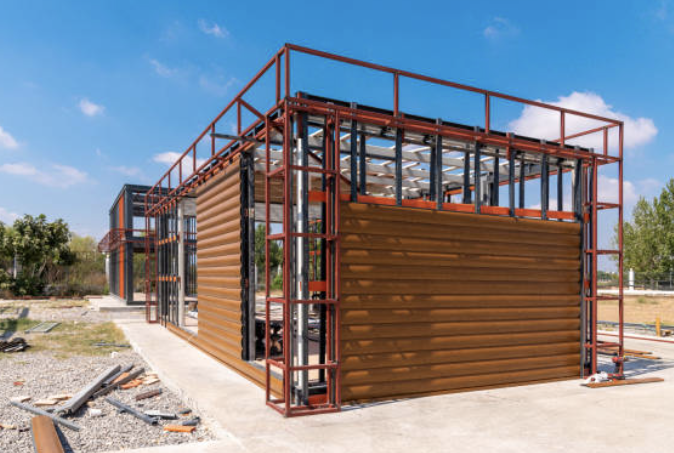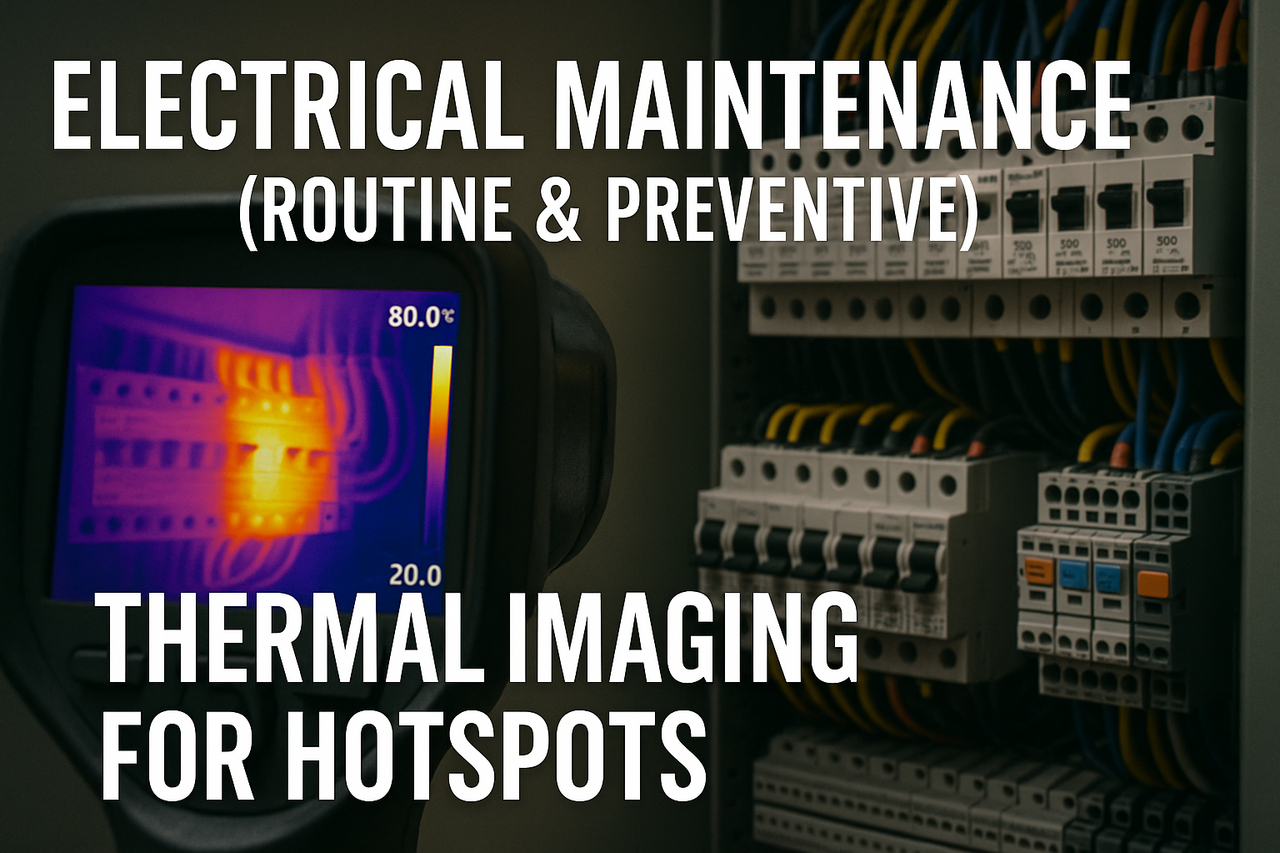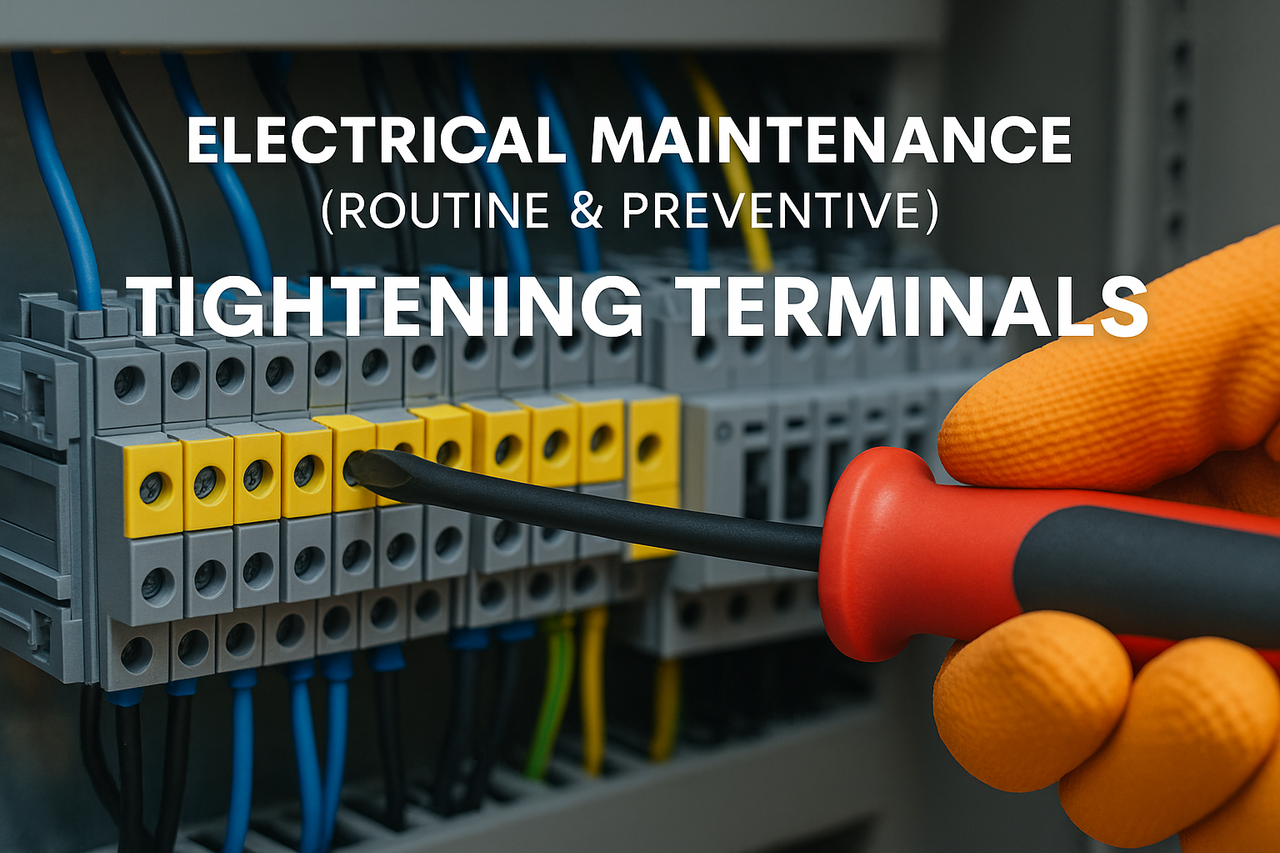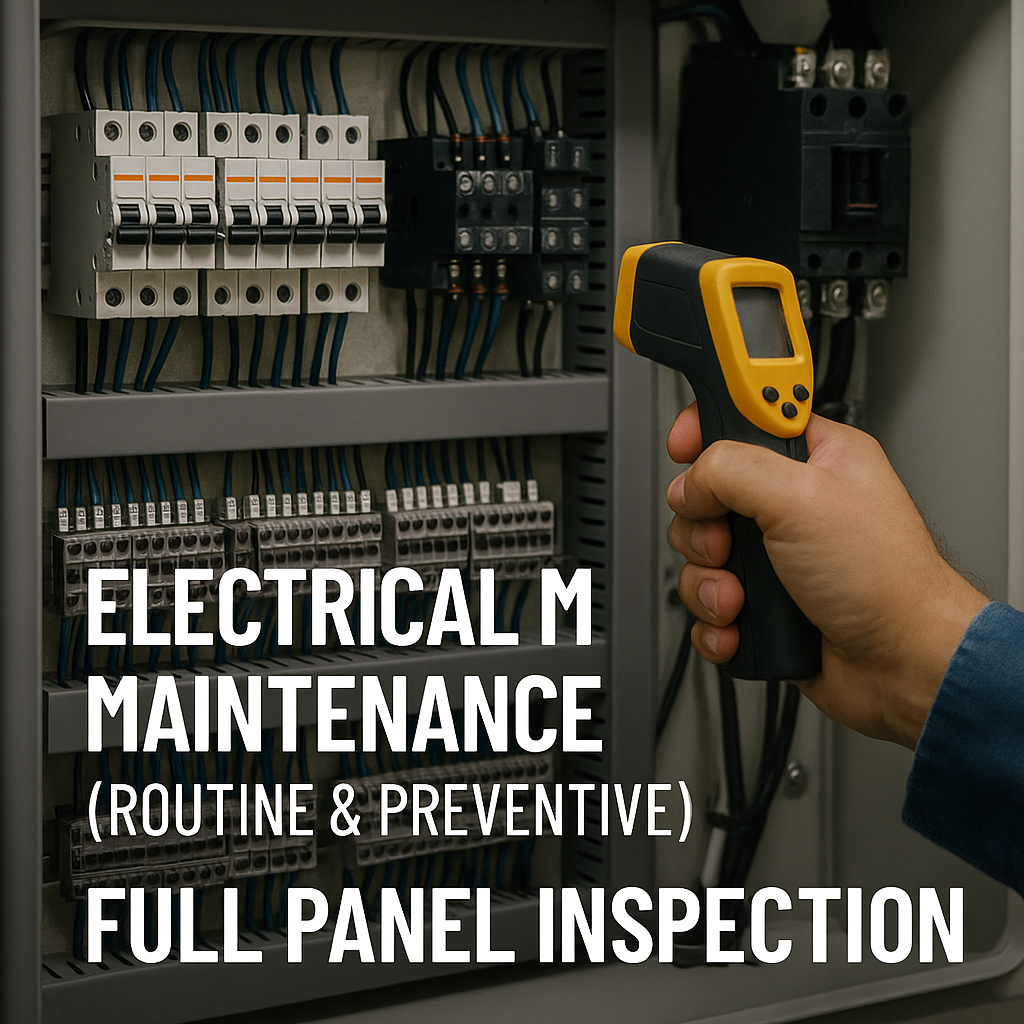
Posted on Wednesday, July 10, 2024
Prefabricated structures are redefining the construction industry, offering efficient, cost-effective, and sustainable solutions. From modular housing to expansive warehouses, metal fabrication plays a pivotal role in their design and assembly.
Metal fabrication transforms raw materials like steel into modular units that are easily transported and assembled. These units are pre-designed and fabricated in controlled environments, ensuring high precision and quality.
Fabricated steel components are customized to meet the needs of various projects, such as:
The precision of metal fabrication ensures compatibility and durability, reducing on-site construction time.
Prefabrication supported by metal fabrication delivers the following essential components:
These components can be tailored to meet specific architectural and engineering requirements.
During the height of the COVID-19 pandemic, a fully functional prefabricated hospital was constructed in under a week. This was made possible using modular steel units fabricated off-site and transported to the location. The rapid assembly ensured critical healthcare facilities were available in record time, saving countless lives.
A prefabricated structure is a building or assembly manufactured off-site in sections or modules, then transported and assembled on location. It minimizes construction time, cost, and environmental impact.
Metal fabrication provides the precision, strength, and customization needed to create modular components like steel frames, trusses, and panels. This ensures compatibility and durability in prefabricated structures.
Prefabricated structures are widely used in industries such as:
Metal fabrication ensures that the components of prefabricated structures are:
Prefabricated structures, powered by metal fabrication, are transforming the construction landscape. By producing modular units and components, these structures offer unmatched efficiency, sustainability, and cost-effectiveness. From hospitals to homes, the potential of prefabrication is vast and adaptable to countless industries.
If you're considering prefabricated solutions for your next project, explore how metal fabrication can bring your vision to life. Reach out to us for guidance and expert recommendations tailored to your needs.

Posted on Monday, November 17, 2025
How Infrared Inspections Prevent Electrical Failures, Fires, and Unplanned Downtime

Electrical Maintenance (Routine & Preventive): Tightening Terminals on Roll Forming Machines Guide
Posted on Monday, November 17, 2025
Why Loose Terminals Are the #1 Cause of Electrical Failures — and How to Prevent Them

Electrical Maintenance (Routine & Preventive): Full Panel Inspection for Roll Forming Machines Guide
Posted on Monday, November 17, 2025
How to Prevent Downtime, Protect Components, and Keep Your Roll Forming Line Running at Peak Performance

32/1000 Box Profile Roll Forming Machine – Complete Guide & Specifications
Posted on Sunday, November 16, 2025
High-performance 32/1000 box profile roll forming machine for roofing and cladding. Full specifications, profiles, applications, pricing
Copyright 2025 © Machine Matcher.